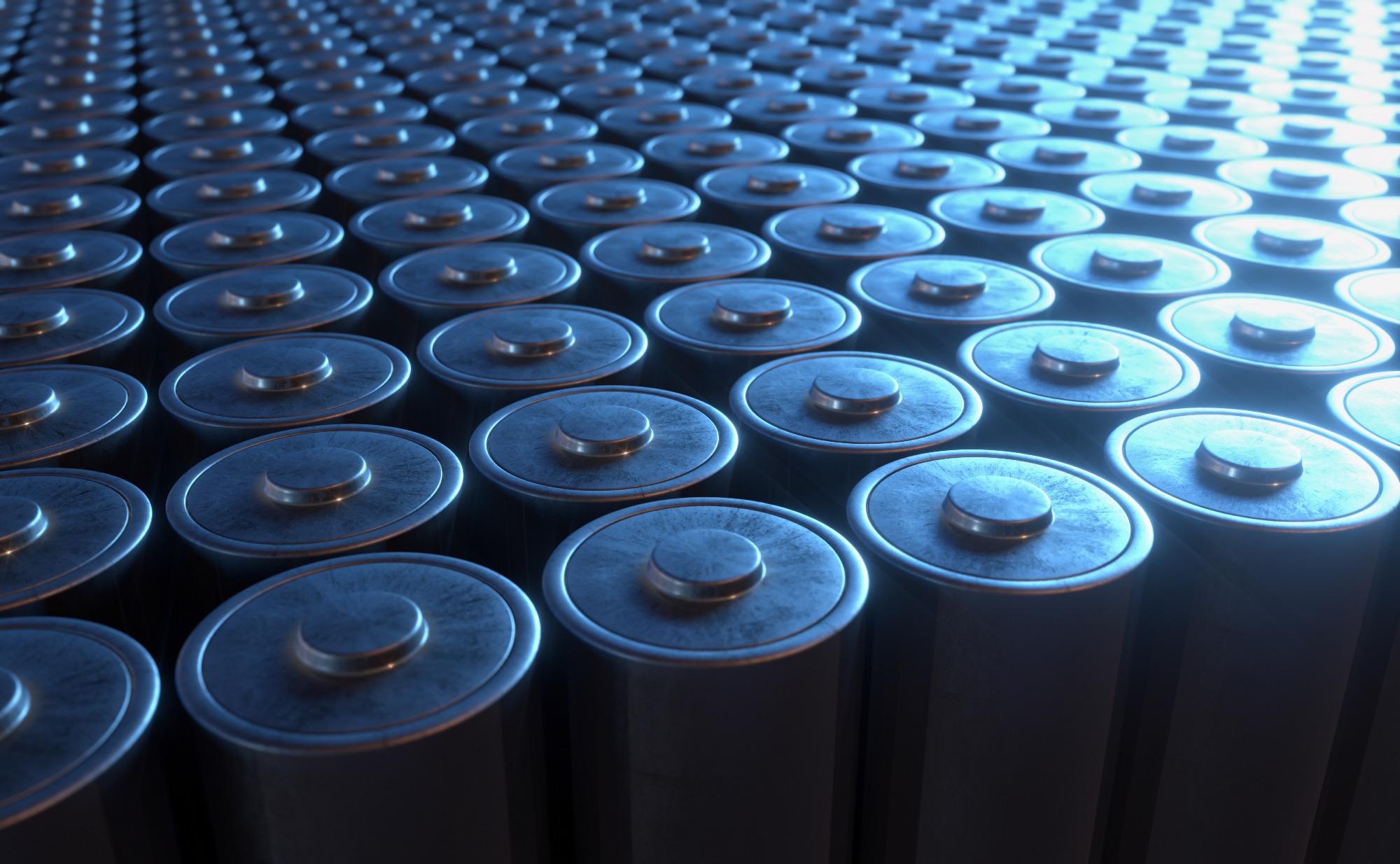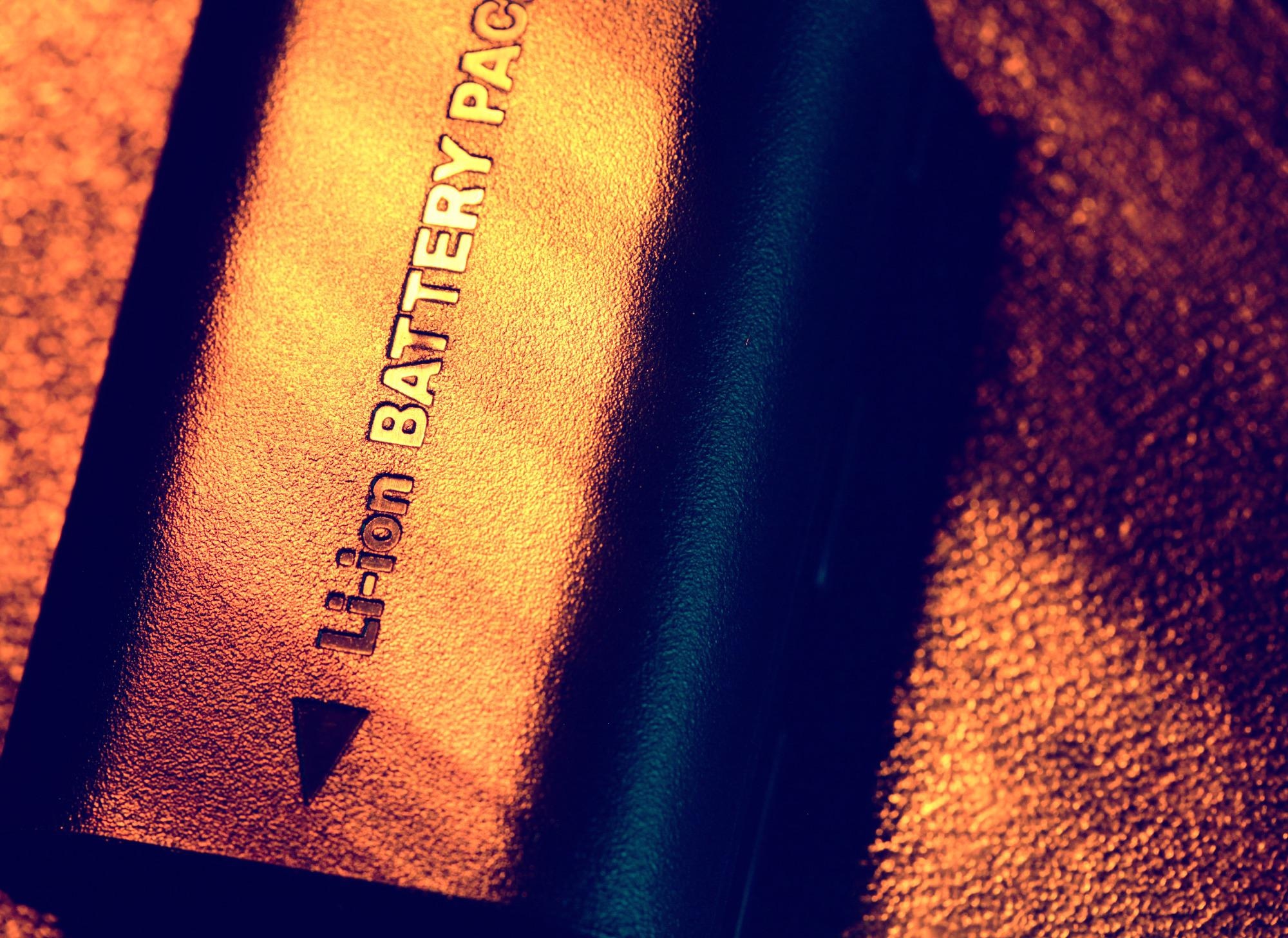The use of online metrology is an efficient and precise way to ensure uniformity in electrode coatings and improve the overall quality, consistency and safety of lithium-ion batteries.
This interview with Chris Burnett from Thermo Fisher Scientific looks at some of the available technologies for the online measurement of electrode coating and provides an insight into how this can help to optimize the battery manufacturing process.
Could you start by giving an overview of an electrode coating line and the typical running costs involved?
The electrode inside a lithium-ion battery is a substrate material - aluminium for the positive electrode and copper for the negative electrode - coated on both sides with a slurry containing the active materials. This coating process is done on an electrode coating line , which is costly to run both in terms of direct production costs, for example the coating line itself and raw materials, and indirect costs, for example the cost to ensure quality and any maintenance costs to address wear and tear on the equipment. Therefore, a coating line needs to be used regularly to produce high quality electrodes with a high degree of productivity and ensure a return on investment.
 Image Credit:Shutterstock/ktsdesign
Image Credit:Shutterstock/ktsdesign
How is electrode coating currently measured, and what are the advantages of using online metrology instead?
Coated electrodes are key to the operation of a lithium-ion battery and the coating quality is a critical factor in its performance, safety and reliability. This is the reason why the coating process is precisely and closely controlled.
Some electrode producers currently check the quality of the coating at the end of the line, roll or sheet. They do this by cutting a section and measure the thickness of the coated and uncoated sections by hand. Others manufacturers use a weigh-strip-weigh method, whereby they punch a section out of a fixed area, weigh it, remove the coating and then weigh it again. The difference between the first and the second weight gives the basis weight, for example, the loading in grams per square meter of the coated material on top of the substrate.
The drawbacks of both methods are that they take place after the product has been produced, and each involves a tiny sample size relative to the total coated area of the roll itself. Many meters of material are being produced but only a small section is being checked at the end.
Online metrology brings optimized electrode loading to the production process and increases productivity in terms of time savings. Since the measurements are being made online, if there is a coating problem, it can be corrected in real-time to maintain high quality and ultimately ensure customer confidence.
Online measurement also ensures reliable, repeatable results and provides a great amount of data for analytical purposes. With online measurement, the system continually scans back and forth across the strip. This means that more data is collected than just a few data points at the end of the sheet and a substantial amount of data is available for analytics or to implement machine learning around coating control.

Image Credit:Shutterstock/JankaDharmasena
What specific advantages does online metrology bring to battery manufacturers?
There are a number of advantages. Firstly, it provides an extremely precise measurement since the sensors in the system are calibrated for optimum online measurement. The degree of measurement and control available also enables a faster response to any changes in the material.
Users also have access to measurements and data from the entire area being sampled, allowing them more relevant data analysis than through a few data points at the end of the process.
These systems incorporate a user interface that allows the operator to visualize any inconsistencies in the material and make immediate adjustments. A flexible PLC link also enables remote data storage or automated control.
What sort of sensor technology is typically used with electrode coating lines?
There are two types of sensors - beta and x-ray - which offer non-contact, non-destructive measurements. They both use a radiation source and a detector, and as the material is scanned, the intensity of radiation that the detector sees drops based on how absorbent the material is.
X-rays are a form of electromagnetic radiation. When we talk about the electromagnetic spectrum, we start with very low frequency, long wavelength, low energy radio waves that can travel many miles. We then move towards higher frequency, higher energy, much shorter wavelengths like microwave, infrared, x-rays and gamma rays. These wavelengths have much higher energies and the ability to pass through materials. The measurement of electrode coatings uses x-rays in the range of around 5 kV to 25 kV, depending on what material and thickness is being measured.
Beta particles used in electrode applications must be much higher in energy because they are physical particles. These give up a lot more energy as they pass through material, meaning that higher beta energy is needed, on the order of 600 keV. While this seems much higher than the x-ray source energies, it is an apples to oranges comparison. The higher beta energy is needed to penetrate the same material and thickness as the lower energy x-ray. Additionally, beta particles are not absorbed in the same way as an x-ray tube; they are absorbed based on material density and therefore provide a much better measurement in terms of compositional variation.
How can resolution be optimized during the online measurement process?
Achieving a higher resolution is possible through the use of a "slot-beam" source. Where a traditional round beta source is used, higher resolution can be achieved by taking the active material from the round source and masking the edges to produce a more rectangular or line-shaped beam.
While some manufacturers try and mask the round beam using that method, this approach absorbs much of the active material and reduces the amount of radiation that the detector sees, resulting in a lower signal-to-noise ratio that affects the measurement.
A "slot-beam" source allows a much narrower beam, as small as 3mm in width at pass line, in relation to a round beam masked down. Depending on the pass line and the geometry of the source, it is possible to achieve a narrow or wide measurement spot size, however there is a preference for a narrower beam size as it will provide a better resolution across the sheet width and identify smaller defects.
Is there any guidance you would give to battery manufacturers looking to introduce online metrology in their electrode production process?
Whether manufacturers are looking to measure the substrate, the coated material or the thickness on the press line, it is essential to consider the strengths of beta ray, x-ray and laser measurement and understand where each may have limitations in specific applications. For example, x-rays have an excellent signal and resolution, but may be more sensitive to compositional effects, beta based sensors have better performance across a variety of materials, and lasers provide thickness, not basis weight, measurement regardless of material composition.
Overall, an online measurement system is a great tool to visualise what is going on in your process. It allows manufacturers to look at a product’s uniformity and quality and get information on where the loading might be out of tolerance in terms of its position on the product roll, allowing them to control their process and improve their yield. It can also provide insight into what is going on at those strip edges, such as bunny ears, a a scratch, a wrinkle or a fold, and a timestamp indicating exactly when the measurement is taking place allows users to follow and trace their product every step of the way.
Overall, quality cannot be sacrificed for productivity, but at the same time, productivity should not be sacrificed for quality. That is why online dimensional measurement is critical to battery production.
About Chris Burnett
Chris Burnett studied Physics at Worcester Polytechnic Institute, MA/USA and has held various positions at Thermo Fisher Scientific such as Director of Sensor Development or Manager of Systems Integration and Systems Production in the company's Flat Sheet Gauging business unit. With more than 25 years of experience, Chris currently helps drive solutions for the battery industry in his current role as Senior Field Marketing Manager.

This information has been sourced, reviewed and adapted from materials provided by Thermo Fisher Scientific – Solutions for Industrial and Safety Applications.
For more information on this source, please visit Thermo Fisher Scientific – Solutions for Industrial and Safety Applications.
Disclaimer: The views expressed here are those of the interviewee and do not necessarily represent the views of AZoM.com Limited (T/A) AZoNetwork, the owner and operator of this website. This disclaimer forms part of the Terms and Conditions of use of this website.